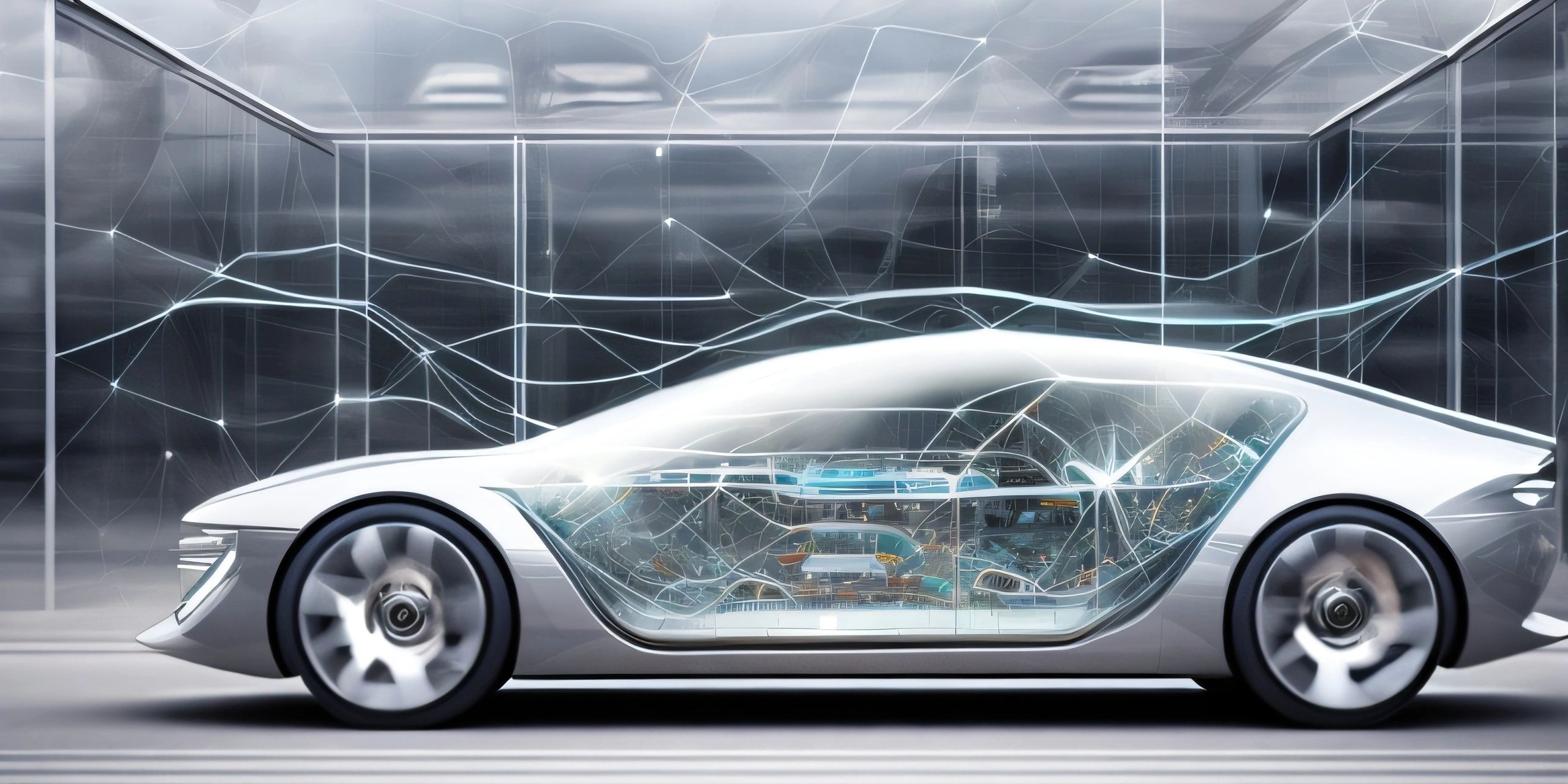
What they are, and how they work.
CAN-Bus and LIN-Bus?
As we head deeper into a digital age, we must adapt with all the changes. Change can be quite scary and the unknown can sometimes push us back with fear.
Let us help you overcome the fear by explaining what these CAN-Bus and LIN are and how they are used by AUTHOR ALARM to adapt an unbeatable digital anti-theft device.
CAN-Bus & LIN-Bus
High and Low Speed Communication
The Controller Area Network, or CAN-bus, is a communication protocol that is commonly used in modern automotive systems. It is a way for different components of a car, such as the engine control module, transmission control module, and body control module, to communicate with each other in real time by sending high-speed digital messages across just 2-wires. One wire for high speed signals and the other for low speed, reducing the need for large amounts of wires and saving huge manufacturing costs. CAN-Bus can usually be found in all areas of the vehicle, from under the bonnet to the rear taillights. It circles around the entire vehicle relaying messages between the various connected control units.
Here are the basic principles of how a CAN-bus system works:
- Message-based communication: In a CAN-bus system, messages are sent between different components of the car using a specific format. Each message includes an identifier that specifies the source and destination of the message, as well as the type of data being transmitted.
- Broadcast communication: When a message is sent on the CAN-bus, it is broadcast to all components that are connected to the network. This allows multiple components to receive the same message simultaneously.
- Arbitration: When multiple components attempt to send messages on the CAN-bus at the same time, there is a process called arbitration that determines which message gets sent first. Each component includes a priority value in their message, and the message with the highest priority is sent first.
- Error detection and correction: The CAN-bus system includes mechanisms to detect errors in the data that is transmitted. If an error is detected, the message is discarded and the sender is notified. Additionally, each component is responsible for verifying that the data it receives is correct.
- Scalability: CAN-bus systems are designed to be scalable, which means that additional components can be added to the network without requiring significant changes to the existing system. This makes it easy to add new features to a car over time. This of course includes digital anti-theft systems and car alarms, such as IGLA 231 & IGLA Alarm.
Overall, the CAN-bus system is a reliable and efficient way for different components of a car to communicate with each other. It allows for real-time communication and makes it easy to add new features and capabilities to a car without requiring major changes to the existing system.

CAN-Bus uses 2 wires to send digital messages to various components around a vehicle.
LIN-Bus
Low Speed Digital Communication
LIN-Bus: A Simple Solution for Automotive Electronics
As vehicles become more technologically advanced, the need for faster, more efficient communication between electronic components has become increasingly important. This is where LIN-Bus comes in. LIN-Bus is a low-cost, low-speed network used for communication between different electronic components in a vehicle.
What is LIN-Bus?
LIN-Bus stands for Local Interconnect Network Bus. It is a single-wire communication protocol that is used to connect various electronic components in a vehicle, such as sensors, switches, and actuators. Unlike the more complex CAN-Bus protocol, which is used for high-speed communication, LIN-Bus is designed for low-speed applications that require less bandwidth.
How is LIN-Bus used in vehicles?
LIN-Bus is used in vehicles for a variety of applications, including:
- Lighting Control: LIN-Bus is commonly used for lighting control in vehicles. For example, it can be used to control the dimming of interior lights, as well as to turn on and off exterior lights.
- Climate Control: LIN-Bus can be used to control the temperature and airflow in a vehicle's HVAC (heating, ventilation, and air conditioning) system.
- Window Control: LIN-Bus can be used to control the operation of power windows and mirrors.
- Seat Control: LIN-Bus can be used to control the operation of power seats, including adjustments for position, lumbar support, and heating.
- Steering Wheel Controls: LIN-Bus can be used to control various functions on a vehicle's steering wheel, such as audio and cruise control.
The beauty of LIN-Bus is that it allows different electronic components in a vehicle to communicate with each other, even if they are from different manufacturers. This makes it possible for vehicle manufacturers to choose the best components for each application, without having to worry about compatibility issues.
In summary, LIN-Bus is a simple and cost-effective solution for communication between different electronic components in a vehicle. Its low-speed, single-wire design makes it ideal for low-bandwidth applications such as lighting, climate control, and seat and window control. As vehicles continue to become more advanced, it is likely that LIN-Bus will become an increasingly important component in automotive electronics.
IGLA devices utilise LIN-Bus to activate and control comfort features of your vehicle like Auto closing windows and folding mirrors.

LIN-Bus, just like CAN-Bus allows for digital communication without excessive wiring.
Copyright © 2025 Euro Chiptuning Solutions - All Rights Reserved.
This website uses cookies.
We use cookies to analyze website traffic and optimize your website experience. By accepting our use of cookies, your data will be aggregated with all other user data.